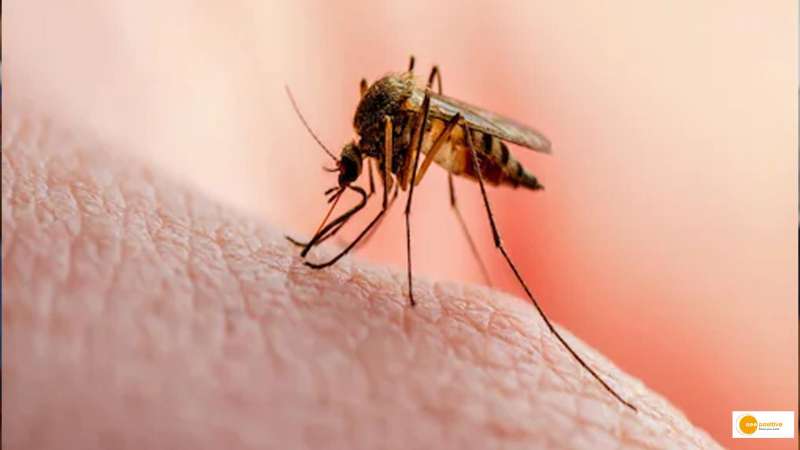

Scientists have genetically modified mosquitos to slow the growth of malaria-causing parasites in their gut, a breakthrough that could aid in the prevention of disease transmission to humans.
These engineered mosquitos produce compounds that inhibit the growth of malaria-causing parasites, making it unlikely that the parasites will reach the mosquitoes’ salivary glands and be transmitted in a bite before the insects die.
The Bill and Melinda Gates Foundation’s Institute for Disease Modeling developed a model that can assess the impact of such changes in a variety of African settings. They discovered that the modification in question may be effective even in areas with high transmission.
While the technique, described in a paper published in the journal Science Advances, has been shown to dramatically reduce the possibility of malaria spread in a lab setting, if proven safe and effective in real-world settings, it could offer a powerful new tool to aid in the elimination of malaria.
The disease spreads between people when a female mosquito bites someone infected with the malaria parasite. The parasite then matures in the mosquito’s gut and travels to its salivary glands, ready to infect the next person bitten by the mosquito.
However, only about 10% of mosquitoes live long enough for the parasite to develop far enough to be infectious. The researchers wanted to improve the odds even more by extending the time it takes for the parasite to develop in the gut.
Modified main malaria-carrying mosquito species
Researchers from the Transmission: Zero team at Imperial College London, UK, genetically modified the main malaria-carrying mosquito species in Sub-Saharan Africa, Anopheles gambiae, so that it produces antimicrobial peptides in its guts when it takes a blood meal.
These peptides impede the development of the malarial parasite by interfering with the parasite’s energy metabolism. They also cause mosquitoes to live shorter lives, reducing their ability to transmit the parasite.
By the time, the next parasite stage could reach the mosquito salivary glands, most mosquitoes in nature are expected to die.
“We need to develop innovative new tools because mosquitoes and the parasites they carry are becoming resistant to available interventions such as insecticides and treatments, and funding has plateaued,” said co-first author of the study, Tibebu Habtewold.
“Delaying the parasite’s growth in the mosquito has opened many more opportunities to block malaria transmission from mosquitoes to humans,” said study co-first
author, Astrid Hoermann .
To use the genetic modification to prevent malaria spread in the real world, it needs to be spread from lab-bred mosquitoes to wild ones. The innovation is so designed that it can be coupled with existing ‘gene drive’ technology to spread the modification and drastically cut malaria transmission.
“Gene drive is one such powerful weapon that in combination with drugs, vaccines and mosquito control can help stop the spread of malaria and save human lives,” study co-lead author Professor George Christophides said.
A gene drive can be introduced into mosquitos, causing the anti-parasite genetic modification to be preferentially inherited, allowing it to spread more widely among natural populations.
However, because it is new, it would necessitate extremely careful planning before any field trials.
Developing two distinct strains of modified mosquitoes
As a result, the Transmission: Zero team is developing two distinct but compatible strains of modified mosquitoes, one with an anti-parasite modification and one with a gene drive.
They can then test the anti-parasite modification on its own first, adding the gene drive only after it has been demonstrated to be effective.
The team established a facility in Tanzania with partners to generate and handle genetically modified mosquitos, as well as conduct preliminary tests. Among these are parasites collected from locally infected schoolchildren to ensure that the modification works against the parasites circulating in relevant communities.
They are also thoroughly risk-assessing any potential releases of modified mosquitoes, taking into account any potential hazards and ensuring community support. They are hopeful, however, that their intervention will eventually aid in the eradication of malaria.
Malaria remains one of the most devastating diseases globally, putting at risk about half of the world’s population. In 2021 alone, it infected 241 million and killed 627,000 people, mostly children aged below five years old in sub-Saharan Africa, the researchers said.


